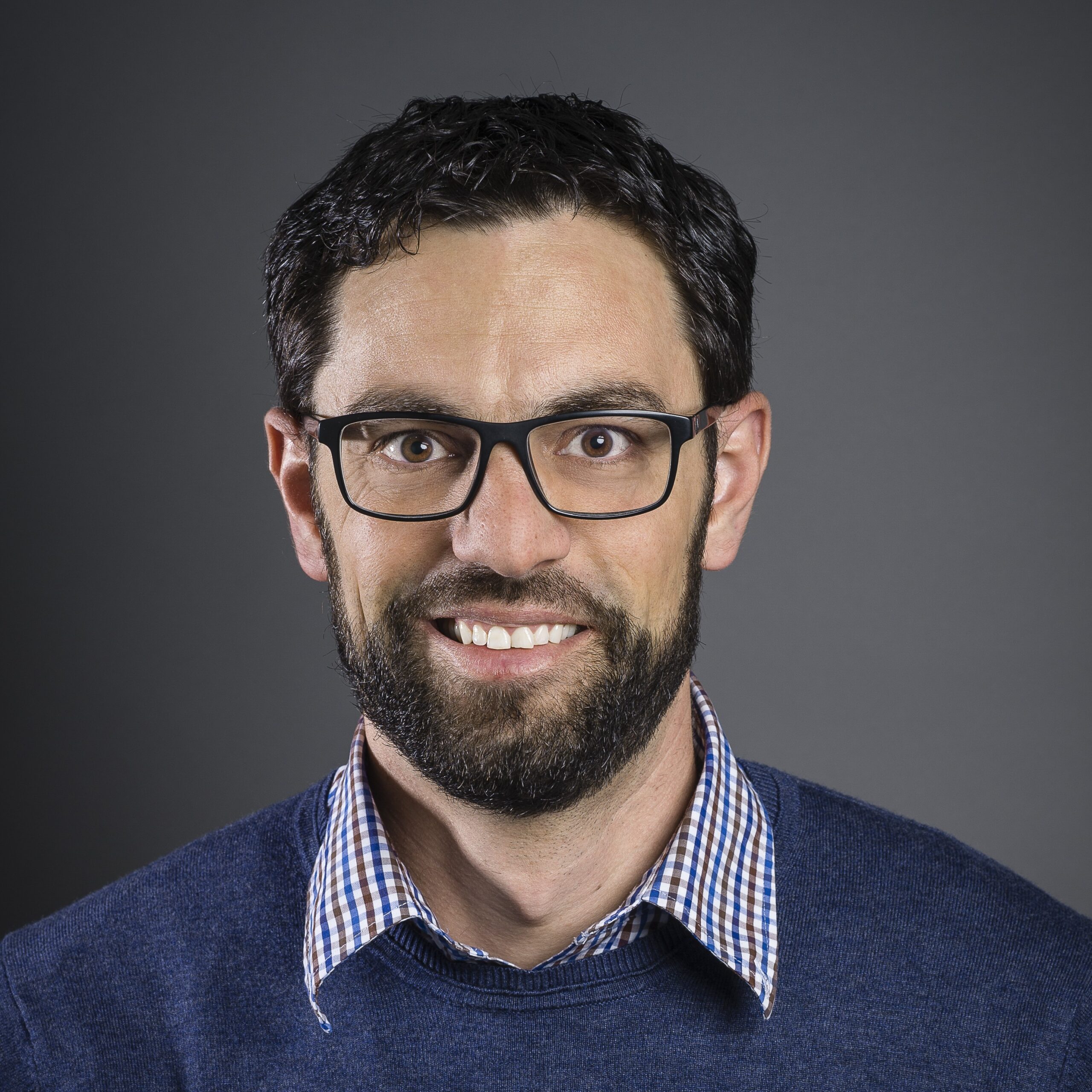Continuing growth of international registries
The international registries continue to grow. At the end of 2023, there were over 44.1 million potential donors registered in 57 countries around the world. The World Marrow Donor Association (WMDA) will publish the figures for 2024 early in the summer of 2025.
The pace of the growth of the registries around the world has slowed in recent years. It is becoming more and more difficult to recruit young potential donors, as there is less emphasis on volunteering than there used to be in many places.
The age and sex distribution of registered donors remained stable between 2021 and 2023: 42 per cent of all registered donors are under the age of 36. The percentage of men overall is 43 per cent, and men’s representation in the under-36 age group remained unchanged as well, at 41 per cent. Ensuring the registries’ quality by keeping the data on registered blood stem cell donors up to date remains a constant challenge.
Forty-three per cent of all potential blood donors are registered in Europe, 23.4 per cent in North America, 19.7 per cent in Asia, 13.1 per cent in South America, 0.5 per cent in Oceania and 0.3 per cent in Africa. This geographic distribution reflects the quality of the local health systems more than it does the size of the relevant populations.




